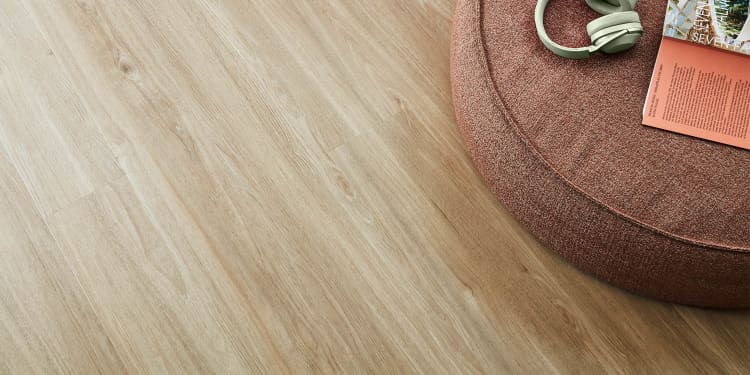Wellness in Commercial Interiors
The current increased investment in our emotional and physical wellbeing is apparent now more than ever. This trend sees a range of commercial spaces starting to incorporate a range of comfort features through texture and colour aspects. With an understanding that the atmosphere of our environment interlinks with our general health, more people are now seeking spaces that promote activity, healing and resting restoratively. Wellness can be introduced into the interiors of a space from the ground up from floor coverings all the way through to soft furnishings, there are many ways in which you can update the look and feel of a space to entice wellness.
Wellness Application in the Workplace
This increasing trend of implementing wellness inspired features into commercial spaces is especially applicable within the workplace segment where a shift towards hotelisation has been evident. Hotelisation sees workspaces combining the comforts of home with adaptable spaces that cater to different working styles on demand. With this human-centric design strategy, employees can benefit from the seamless integration of their work and home life with personalised workspaces that prioritise meaningful team connections, mentorship and collaboration.






